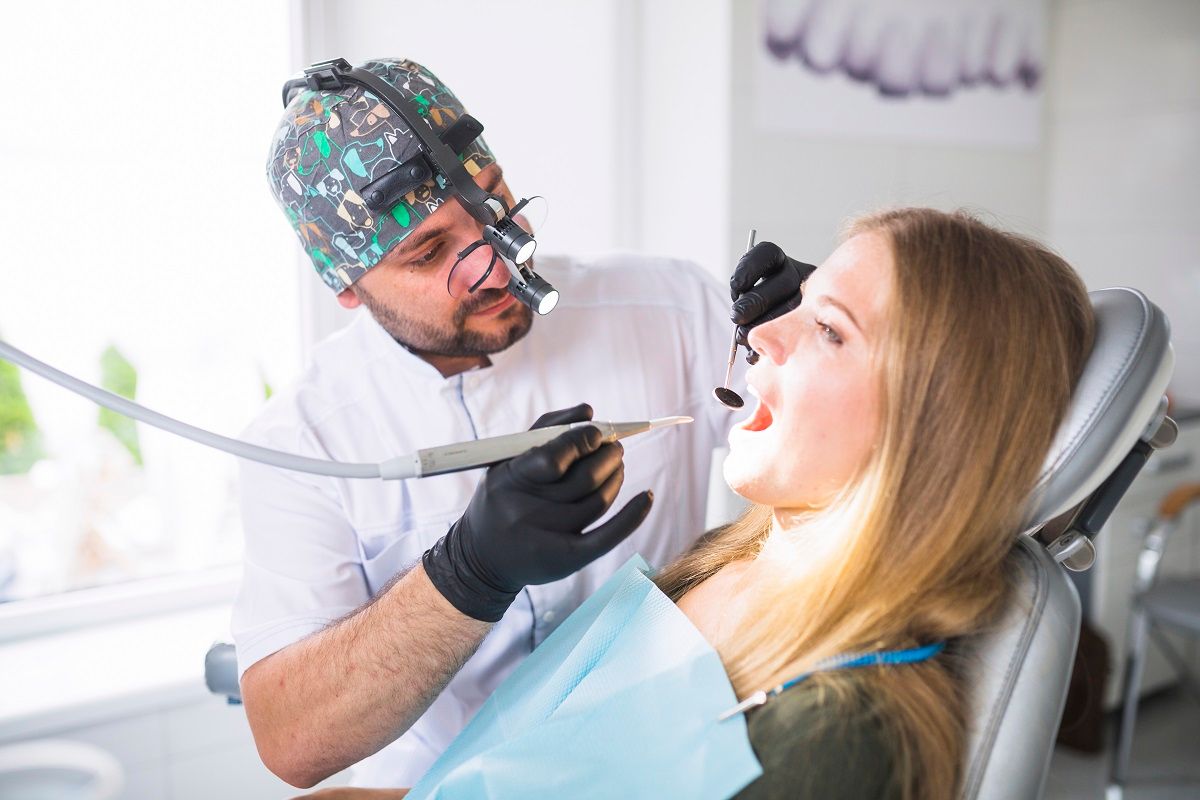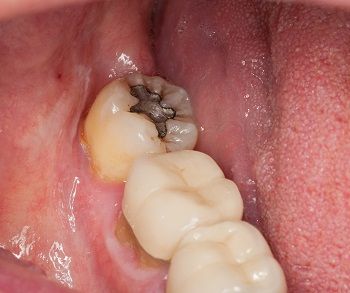

Root canal infection: causes, symptoms, treatment, and prevention.
Root canal therapy is a relatively common dental procedure. According to the American Association of Endodontists, more than 15 million root canals are performed yearly in the United States alone.
Should I be concerned about a root canal infection? Are there any potential issues after a root canal that you should be aware of?
Let's look at how to spot a root canal infection, what causes them, and how to cure them.
What are root canal infections?
Teeth are composed of layers rather than being solid all the way through. Enamel is the hard outer surface of a tooth. Dentin, the inner layer, is a porous, almost sponge-like tissue. Each tooth has a collection of soft tissue called pulp in the center.
The nerves and blood arteries that allow the tooth to grow are found in the pulp. It contains odontoblasts, which are cells that keep the tooth healthy.
A root canal treatment removes the pulp of a tooth infected or injured due to dental decay or other traumas. Root canal therapy can save teeth and is relatively safe.
Root canal infections are uncommon, but a tooth can get infected even after a root canal.
Symptoms of root canal infection
It is typical to experience some discomfort immediately following a root canal operation. You may have soreness and tenderness for a few days following the surgery. You may experience slight soreness for a week after the procedure.
Consult your dentist if you continue to experience severe pain for more than a week following the operation, especially if the discomfort is worse or worse than before the procedure.

A delayed root canal infection might occur on a tooth that has been pain-free for some time. A tooth with a root canal may not heal completely and become uncomfortable or unhealthy months or even years later.
Here are some common indications and symptoms of a root canal infection that indicate you should see your dentist again:
- Pain or discomfort ranges from minor soreness to severe pain, particularly when applying pressure to the tooth while eating or pressing on it, or exposing the teeth to excessive temperatures.
- Pus discharge that is greenish, yellowish, or otherwise discolored.
- Red, warm, swollen tissue near the tooth, particularly at your gums under or around the tooth — in some cases, swelling can also affect your face and neck.
- Tenderness or discomfort in swollen tissue, particularly when touched or applied pressure to it.
- Foul taste in your mouth or a bad odor to your breath from infected tissue.
Like any other infection, a root canal infection can grow around the tissue in the mouth, including adjacent teeth, gums, and tissue in the cheeks and face. The infection will not go away until a proper treatment, and the longer you wait, the worse it will become.
The spread of the infection is determined by how quickly you treat it when you notice symptoms. If you seek treatment within hours or a few days after the infection's onset, the infection spreads to the tooth or surrounding teeth and tissues, and your dentist can reduce it. However, untreated root canal infections can extend far beyond the tooth. The infection can sometimes spread to the jaw, cheek, and circulation.
Causes of roots canal
There are numerous reasons why a tooth may get an infection following a root canal. Following are some of the causes of root canal infection:
- Your tooth may have narrow or curved canals that were not thoroughly cleaned and disinfected during the root canal procedure.
- Your tooth may also contain additional canals that house bacteria that can reinfect a tooth.
- Danger bacteria may re-enter your tooth if your dentist does not place the crown or permanent repair immediately after treatment.
- After treatment, your tooth may develop a new cavity or become cracked or damaged, resulting in a new root canal infection.
Treatment for root canal infection
A root canal retreatment treats a root canal infection and offers your tooth a second chance. This retreatment method is comparable to the initial root canal operation.
Your dentist or root canal specialist will often perform the following procedures during retreatment:
- Your dentist will take an X-ray and look for sick or dead (necrotic) tissue around the root canal.
- The next step is to use a local anesthetic to numb the area around the afflicted tooth.
- To safeguard your gums and mouth, your dentist will wrap a protective barrier around the tooth.
- Your dentist will then use a dental drill to drill through the filling and enamel to the pulp and root canal area.
- They will remove any old root filler material or drugs that may have been in the root and clean up the area where the tissue is diseased or dead.

- After the newly cleaned region has dried, your dentist will fill it with a safe, latex-based polymer filler.
- Dentists use filling material such as amalgam or composite to preserve the tooth and allow it to heal from the infection.
- In the final phase, your dentist will remove a part of your outer enamel and installs a permanent crown on that tooth to protect it from further infections if necessary.
Do root canals cause cancer?
There has never been any evidence of a relationship between root canals and cancer. The notion that root canals can cause cancer is not valid research and is perpetuated by outdated studies dating back more than a century. Dentistry has progressed since then, with safer medical equipment, hygiene, anesthetic, and methods.
These developments have made therapies that were once unpleasant and harmful extraordinarily safe and dependable. You do not need to be concerned that a future root canal would cause cancer.
The American Dental Association (ADA), the American Association of Endodontists (AAE), and the American Association of Dental Research (AADR) have all issued public comments warning that these false statements propagate dangerous misinformation and may harm people who skip root canals as a result.
How to prevent root canal infections?
There are various things you may do to assist in preventing a root canal infection, including after-care for your teeth:
- Brush and floss your teeth daily.
- Use a mild, antibacterial mouthwash following a root canal for the first several days. Use it as often as you want after that.
- For soreness after treatment, take an over-the-counter pain reliever.
- Return to your dentist as soon as possible for a final crown or permanent repair. This will safeguard your tooth by sealing the root canal from bacteria.
- Get professional cleaning at least twice a year to keep them healthy and catch decay or infections early.
- Consult your dentist as soon as you discover any early signs of infection.
Conclusion
Root canal infections are uncommon, although they do occur. After a root canal operation, watch out for any early signs of infection. If you believe your root canal has an infection, visit your dentist as soon as possible.
Contact your Lafayette dentist, Dr. Massood Darvishzadeh, DDS at Lafayette Dental Group, to learn more about Root Canal Infection.
Resource:
Common Concerns About Root Canal
*This media/content or any other on this website does not prescribe, recommend, or prevent any treatment or procedure. Therefore, we highly recommend that you get the advice of a qualified dentist or other medical practitioners regarding your specific dental condition*
Services
Contact Us
3466 Mt Diablo Blvd., Suite C207
Lafayette, CA 94549
2025 © Lafayette Dental Group | All rights reserved | Powered by: Vigorant, Inc.
